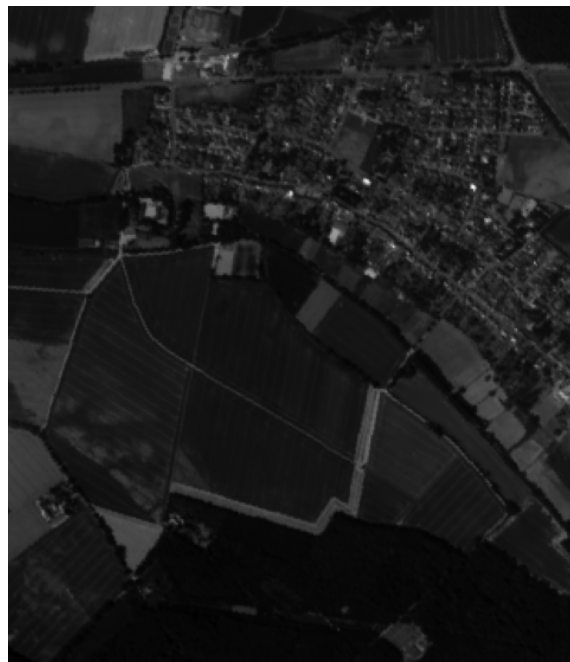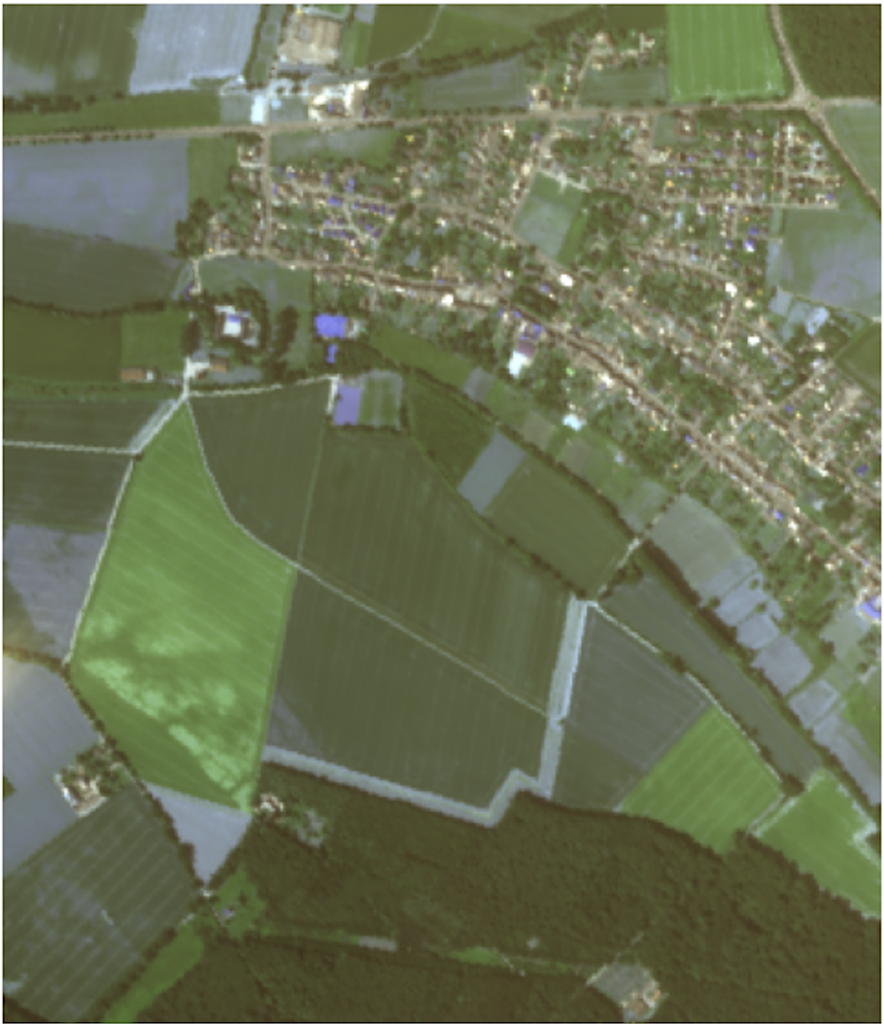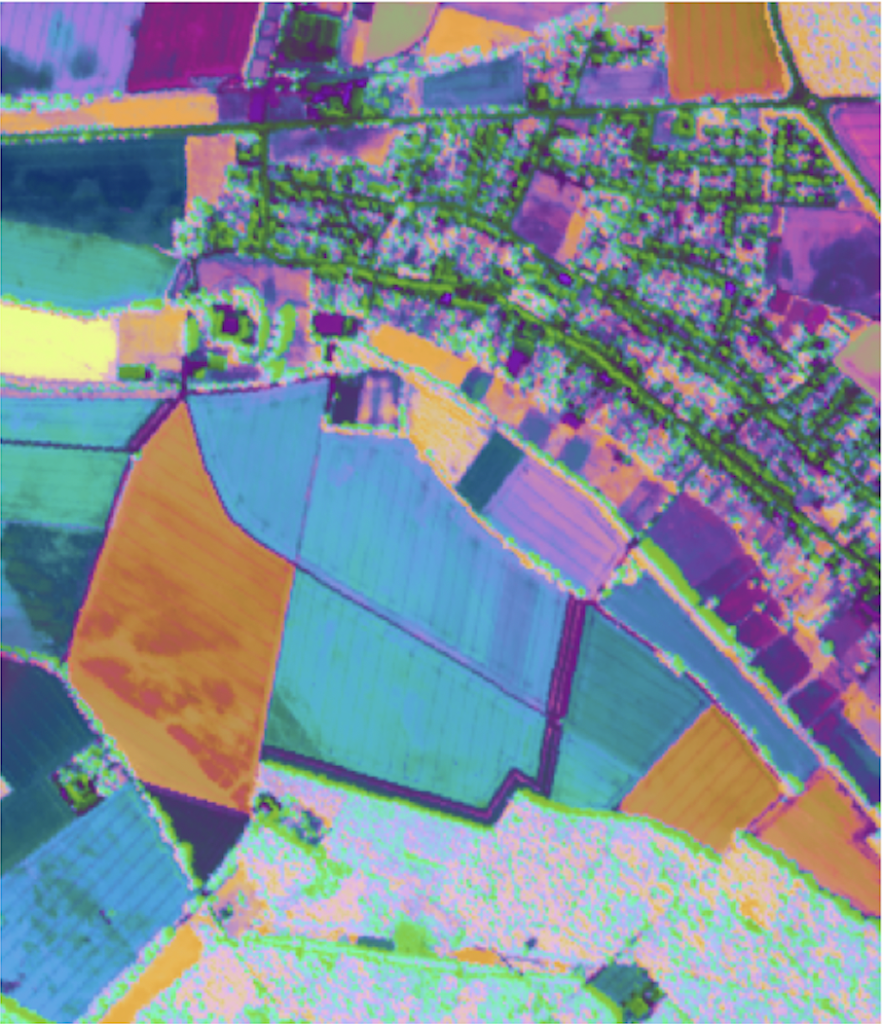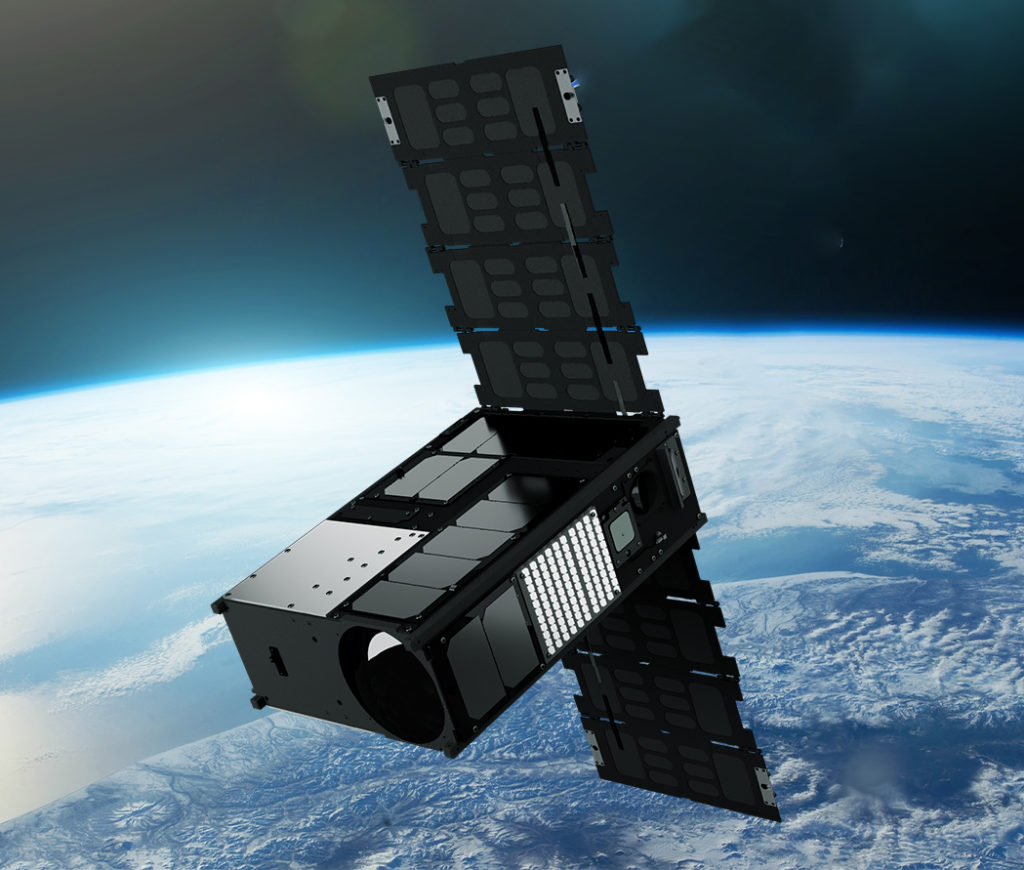Why Hyperspectral?
Detecting and measuring risks for field operations within the natural resource, energy and agricultural industries requires a complete comprehensive picture of the operating environment. Current industry best practices have employed commercial remote sensing technology using optical multispectral to collect and analyze this information. Today’s optical multispectral sensors however, have limited optical bands. This limitation reduces the amount of data available to segment and identify the unique environmental characteristics that pose the greatest risk to business and society. The result is an effect referred to as “Spectral Mixing”, where numerous land features appear to have the same physical and chemical properties, even though they are different.
Accurate risk assessment in natural resource, energy, and agricultural field operations requires comprehensive data that overcomes the limitations of current optical multispectral sensors, which often suffer from “Spectral Mixing” due to limited optical bands.
Spectral Resolution
With a remarkable 10x or greater increase compared to traditional multispectral sensors, this technology revolutionizes the ability to detect and classify features.
Reduces Spectral Mixing
With a remarkable 10x or greater increase compared to traditional multispectral sensors, this technology revolutionizes the ability to detect and classify features.
Amplified Precision
Harnessing the power of hyperspectral imaging, this groundbreaking advancement propels feature detection and classification to unprecedented levels of precision and accuracy.
Seamless Integration
By seamlessly integrating with diverse data inputs, this cutting-edge technology facilitates comprehensive analysis and decision-making processes.
Contact Us
Have a question or want to learn more about Wyvern? Get in touch with us today.
For far too long, the geospatial world has overlooked the importance of customer experience. At Wyvern, we are determined to change that narrative. Our mission is to provide an exceptional customer experience and view our customers not just as clients but as valued partners on this transformative journey


Learn More
Visit Wyvern’s Knowledge Centre, your go-to guide for all things hyperspectral.
Subscribe
Subscribe to our newsletter for monthly updates about Wyvern and all things hyperspectral.
Discover the Difference of Hyperspectral
Hyperspectral Comparisons
Hyperspectral sensors employ many more optical bands, which provides greater segmentation of land features, allowing users to identify environmental risks with more precision and accuracy. In addition, data collected from Hyperspectral sensors are more likely to be compatible with data collected from a variety of remote sensors, because of the wider spectral range. This provides greater interoperability with existing data operations, allowing for easier adoption and implementation.

Panchromatic imaging /ˌpan-krō-ˈma-tik ˈimijiNG/
noun: A technique that collects images with no wavelength-specific (“color”) information, and instead shows the relative brightness of objects.


Multispectral imaging /ˌməl-tē-ˈspek-trəl ˈimijiNG/
noun: A technique that captures and analyzes information from multiple wide bands of the electromagnetic spectrum.


Hyperspectral imaging /ˈhīpərspɛk.tʁal ˈimijiNG/
noun:An imaging spectroscopy technique that collects data with numerous contiguous spectral bands and narrow bandwidths.
Why Satellites?
Satellite imaging offers unparalleled advantages over traditional forms of remote sensing. Its global coverage, high spatial resolution, long-term monitoring capabilities, cost-effectiveness, and historical data archives make it a superior choice for a wide range of applications.
This advanced technology empowers scientists, decision-makers, and researchers to gain valuable insights and make informed decisions that have a profound impact on society and the environment. Whether it’s tracking environmental changes, studying urban development, monitoring agricultural trends, or assessing natural disasters, satellite imaging plays a pivotal role in shaping our understanding of the world.
With its ability to capture intricate details from above, satellite imaging opens up new avenues for exploration and discovery. By harnessing the power of data collected from orbiting satellites, we unlock possibilities that were once unimaginable. As we continue to push the boundaries of knowledge, satellite imaging stands as a testament to human ingenuity and our commitment to a better future.


Discover Wyvern’s Data Products


Wyvern Constellation Tasking
Wyvern offers a comprehensive solution for collecting data and monitoring changes in Earth’s land cover, providing precise and timely information for areas of interest. With accessibility through web requests and an API, our platform is designed to support operational land cover monitoring anywhere in the world.
Wyvern Archive Library
The easiest and fastest way to explore high-quality high-resolution hyperspectral data. Retrieve and assess data collected from 2023 onwards with no tasking requests necessary. Accessible through web request and API.




Wyvern Assured Capacity
Wyvern offers an exclusive solution designed for customer applications with specific or custom data collection requirements. Our platform provides guaranteed imaging capacity, ensuring precise collections during competitive imaging seasons and prioritizing high-priority and emergency areas of interest.
Contact Us
If you’re eager to delve deeper into the realm of hyperspectral data or have any questions about how it can revolutionize your industry, we’re here to assist you. Our team of experts is equipped with extensive knowledge and experience in harnessing the power of hyperspectral technology.
